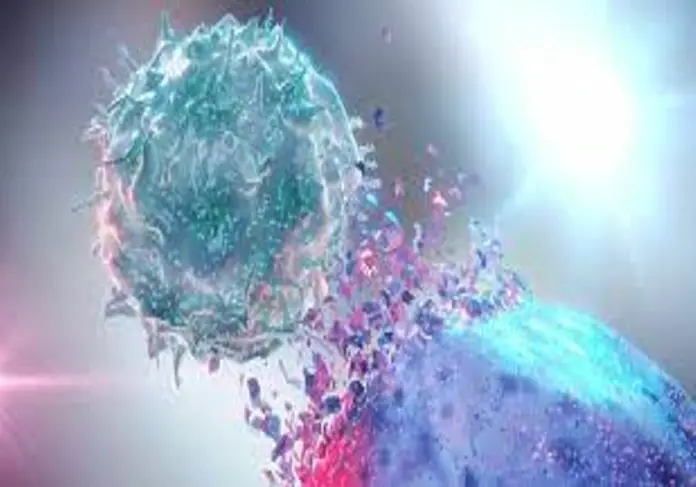Scientists have identified a new element that increases the risk of cancer.
In a study conducted by the National University of Singapore, a link was discovered between poor nutrition and cancer including other common diseases such as diabetes.
The research revealed that elements related to our genes and surrounding environment such as diet, exercise and pollution contribute to the development of cancer.
During the study, a group of women particularly susceptible to breast cancer due to inheriting a defective gene called BRCA2 from their parents was initially examined.
It was found that the cells of these women are highly sensitive to methylglyoxal, a chemical produced during the generation of energy from glucose.
Furthermore, individuals who did not inherit the defective gene but had elevated levels of methylglyoxal in their bodies also had an increased risk of cancer.
Typically, consumption of fatty foods or poor nutrition leads to increased blood sugar levels and consequently higher levels of this chemical in the body.
Researchers emphasized that an increase in the level of this chemical in the body also increases the risk of cancer.
They suggested that a simple blood test can be conducted to assess the level of this chemical and estimate the risk of cancer.
Controlling the level of this chemical in the body can be achieved through medication and a healthy diet potentially aiding in cancer prevention.
According to the researchers, the goal of their study was to understand the elements that increase the risk of cancer within a family and to uncover deeper mechanisms related to cancer.
They concluded that maintaining a healthy diet and controlling body weight can reduce the risk of cancer.
Considering these results, further research is warranted to determine the extent to which diabetes or poor nutrition increases the risk of cancer among Asian individuals.
The findings of this research were published in the journal Cell.







